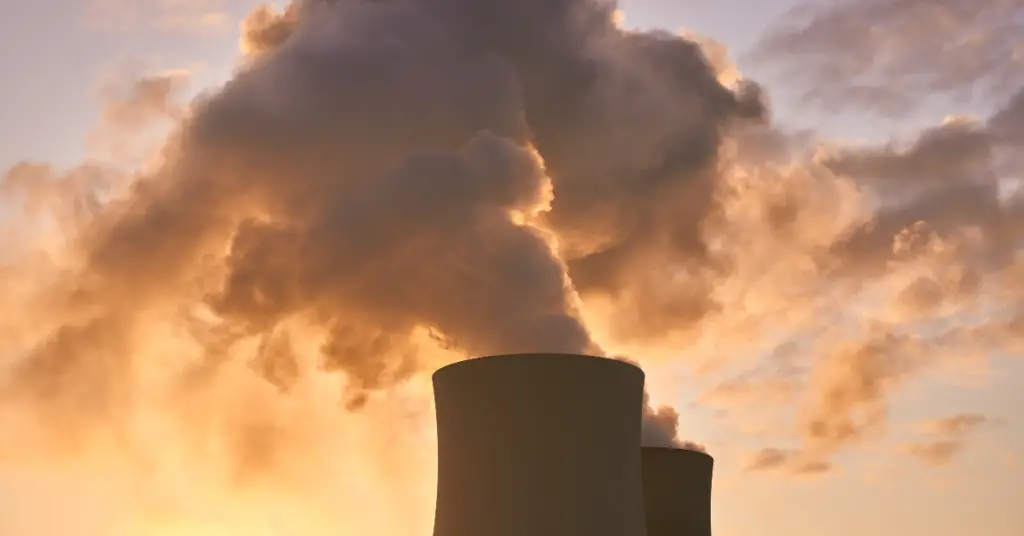The causes of global warming can be natural or caused by human intervention.
Natural causes
Carbon dioxide in the atmosphere
Carbon dioxide is commonly known as a greenhouse gas.It is responsible for about half of of the atmospheric heat retained by trace gases and also for 50% of the greenhouse effect. Methane (CH4) is 2030 times more effective than CO2 at trapping heat.
Volcanic Eruptions
Mount Etna, an active but currently relatively extinct volcano in Sicily, is a case in point.It is one of the most powerful natural sources of carbon dioxide. Every year it adds about 25 million tons of carbon dioxide to the atmosphere. 2009).
Human Induced
- Urbanization
- Pollution
- Use of unsustainable energy sources
- Clearing the land
Humans issued another greenhouse gases that are the result of burning fossil fuels
(such as coal, oil, and gas). In the next 100 years, man-made CO2 will cause much more warming, from
three degrees C to 8, or 10 degrees C.
Man-made global warming may have doubled the likelihood of storm surges.
Pollution has a warming effect on a city, in addition to the heat released by industrial processes, home heating, and automobile use.
As cities grow, the greenhouse effect becomes stronger, resulting in artificial heating.
CFCs (chlorofluorocarbons) they are believed to be responsible for 24% of human beings’ contribution to greenhouse gases. also depletes ozone in the stratosphere.
Most of the observed increase in the global average medium temperature century is probably due to the observed increase in anthropogenic GHG (greenhouse gas) concentrations.
The notion that people are heating up the world and thereby risking catastrophe has a strong impact on public perception.
Humanity may have little time left, perhaps a decade or so, to begin the long process of stabilizing greenhouse gas concentrations.
The main cause of global warming are greenhouse gases. These include carbon dioxide, methane, nitrogen oxides and some compounds containing chlorine and bromine. The accumulation of these gases in the atmosphere changes the radiative balance in the atmosphere. Its overall effect is to warm the Earth’s surface and lower atmosphere as greenhouse gases absorb some of the radiation emanating from the Earth and reflect it back to the surface.
The net warming from 1850 to the late 20th century was nearly 2.5 W/m2, with carbon dioxide contributing about 60% of that figure, methane about 25%, and nitrogen oxides and halocarbons the rest.
In 1985, Joe Farman of the British Antarctic Survey published a paper showing the decline in ozone levels over Antarctica in the early 1980s. The response was startling: large international scientific programs were organized to demonstrate that ozone CFCs (as Aerosol propellants used in industrial cleaning fluids and cooling tools) were at the root of the problem. Even more important was the abrupt international action to curb CFC emissions.
The second major cause of global warming is the depletion of the ozone layer. This happens mainly due to the presence of source gases containing chlorine. When ultraviolet light is present, these gases dissociate and liberate chlorine atoms, which then catalyze the destruction of ozone. Aerosols present in the atmosphere also cause global warming by changing the climate in two different ways. First, they scatter and absorb solar and infrared radiation, and second, they can alter the microphysical and chemical properties of clouds, potentially affecting their duration and extent.
The scattering of solar radiation cools the planet, while the absorption of solar radiation by aerosols warms the air directly, rather than the Earth’s surface absorbing sunlight.
The human contribution to the number of aerosols in the atmosphere takes various forms. When biomass is burned, a mixture of organic droplets and soot particles is produced. Many industrial processes produce a variety of aerosols depending on what is being burned or generated in the manufacturing process. In addition, exhaust emissions from various modes of transport produce a rich mix of pollutants that are either aerosols in the first place or are converted into aerosols by chemical reactions in the atmosphere.

Erzsebet Frey (Eli Frey) is an ecologist and online entrepreneur with a Master of Science in Ecology from the University of Belgrade. Originally from Serbia, she has lived in Sri Lanka since 2017. Eli has worked internationally in countries like Oman, Brazil, Germany, and Sri Lanka. In 2018, she expanded into SEO and blogging, completing courses from UC Davis and Edinburgh. Eli has founded multiple websites focused on biology, ecology, environmental science, sustainable and simple living, and outdoor activities. She enjoys creating nature and simple living videos on YouTube and participates in speleology, diving, and hiking.

